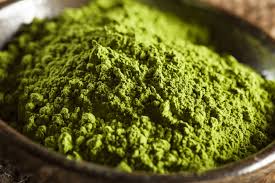According to a 2017 review of research studies, compounds in green tea known as polyphenols may assist skin health by helping to prevent the sebaceous glands from producing excess sebum, or oil. Too much sebum can cause dead skin cells to stick together and clog pores, which can trigger acne. Reducing sebum production on the skin may help prevent acne breakouts. A review of skin care options for treating oily skin cited two small studies, which support the use of topical green tea extract for the reduction of oil. Both studies showed some oil reduction within 60 days of participants using green tea extract on their skin. When treating acne with green tea, a person can apply products containing green tea topically on the skin. Alternatively, they can take supplements orally. Researchers have primarily looked at green tea for acne as a topical application or as a supplement. Most studies have shown the positive effects of using either of these methods. People considering oral green tea supplements should talk to their doctor first. They should review all their current medications with their doctor to ensure that a green tea supplement will not interfere with these. Green tea extract may interfere with nadolol, a beta-blocker used to treat high blood pressure and heart problems. (Source: www.medicalnewstoday.com)


1587121878.jpg)